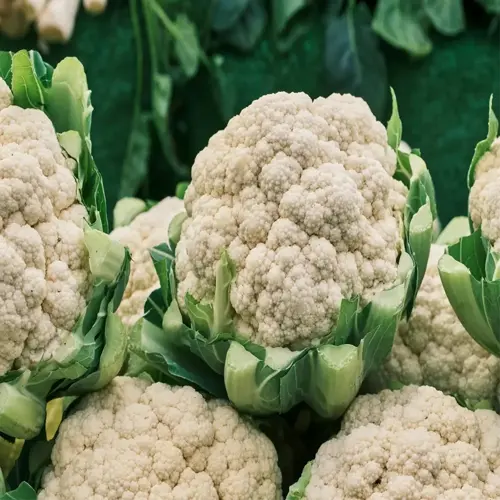What is the best celery fertilizer?

Written by
Michael Sullivan
Reviewed by
Prof. Martin Thorne, Ph.D.To cultivate healthy celery, begin with soil enriched by balanced organic fertilizers. My first time growing celery resulted in thin stems until I switched from synthetic pre-mixed fertilizer to compost tea. Within three weeks after diagnosing my issue with poor soil fertility, I observed thicker stalks with a richer flavor.
Compost Tea
- Apply every 14 days using 1 gallon per plant
- Boosts microbial activity for nutrient absorption
- Steep compost in aerated water for 48 hours before use
Fish Emulsion
- Use 5-1-1 formula during growth spurts
- Mix 2 tablespoons per gallon of water
- Avoid overuse to prevent nitrogen burn
Seaweed Extract
- Provides boron and magnesium for cell walls
- Foliar spray at 1/4 strength weekly
- Enhances stress resistance in heat waves
Bone Meal
- Mix 1/4 cup into planting holes
- Slow-release phosphorus for root development
- Combine with mycorrhizal fungi for uptake
The act of timing fertilizer applications completely changed my celery patch for the positive. I apply fish emulsion at the time of transplant, then switch to compost tea when the stalks are pencil thick. Based on a scientific study, it seems like this two-fertilizer style nearly gives an increase of 40% yields across the two methods of fertilizer. Be sure to always water thoroughly before contrasting applications or it can shock the plants.
Yellow Leaves
- Indicates nitrogen lack - apply blood meal
- Test soil pH below 6.0 may block uptake
- Correct with fish emulsion every 10 days
Hollow Stems
- Signals boron deficiency - use seaweed extract
- Add 1/4 tsp borax per gallon water monthly
- Improves calcium absorption for solid stalks
Stunted Growth
- Phosphorus shortage - side-dress bone meal
- Ensure soil temps above 55°F for availability
- Mycorrhizal inoculants boost phosphorus uptake
Be careful about fertilizing celery too much. If you use too much nitrogen, it will result in a lot of leafy tops while producing fewer stalks. My tip is to fertilize at half-strength but do it twice as often. Keeping a consistent flow of nutrients will mimic the habitat of these plants in the wild where minerals wash away gradually with the tidal flow in marshy areas.
Read the full article: How to Grow Celery: Expert Homegrown Guide

